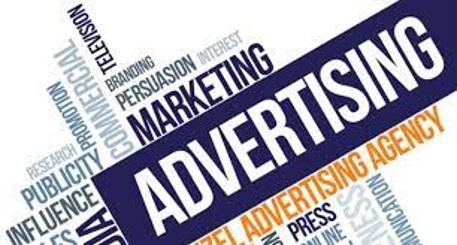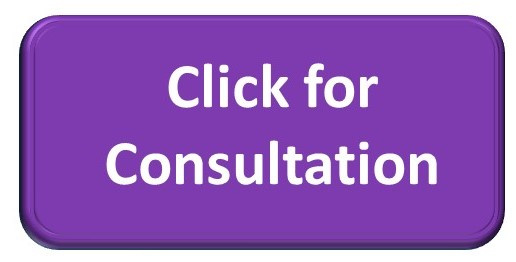Clearly Define Goals: Clearly outline the goals of your advertising campaign. Whether it's brand awareness, lead generation, or sales, having a defined goal helps shape your ad strategy.
Know Your Platform: Understand the platform where your ads will be displayed (e.g., Facebook, Instagram, Google Ads). Each platform has its own ad specifications and best practices.
Compelling Ad Copy: Craft compelling and concise ad copy. Clearly communicate the value proposition and include a call-to-action (CTA) to prompt user action.

Eye-Catching Visuals: Use high-quality and eye-catching visuals. Images or videos should be relevant to your product or service and resonate with your target audience.
A/B Testing: Conduct A/B testing to experiment with different ad elements, such as headlines, visuals, or CTAs. Analyze the performance of variations to optimize your ads.
Targeting and Segmentation: Utilize targeted advertising to reach specific demographics, interests, or behaviors. Effective targeting ensures your ads are shown to the right audience.
Mobile Optimization: Ensure your ads are optimized for mobile devices. With the increasing use of smartphones, mobile-friendly ads are essential for reaching a broader audience.

Analytics and Tracking: Implement tracking tools to measure the performance of your ads. Analyze metrics such as click-through rates, conversion rates, and return on ad spend.
Budget Management: Set a realistic budget for your ad campaign. Monitor spending and adjust your budget based on the performance of your ads.
Adaptable Strategies: Stay adaptable and be ready to adjust your ad strategies based on changing market conditions, audience feedback, or the performance of your campaigns.
Remember to stay authentic to your brand and consistently monitor the performance of both your content and ads. Regularly assess what works and refine your strategies accordingly to achieve optimal results.
